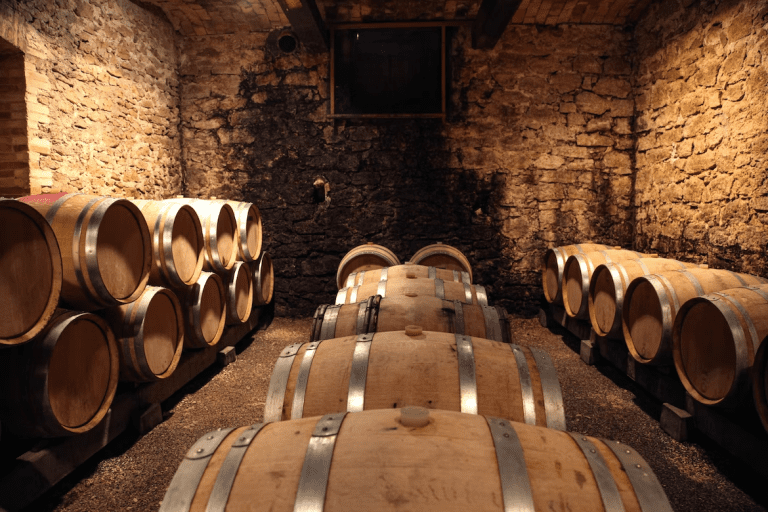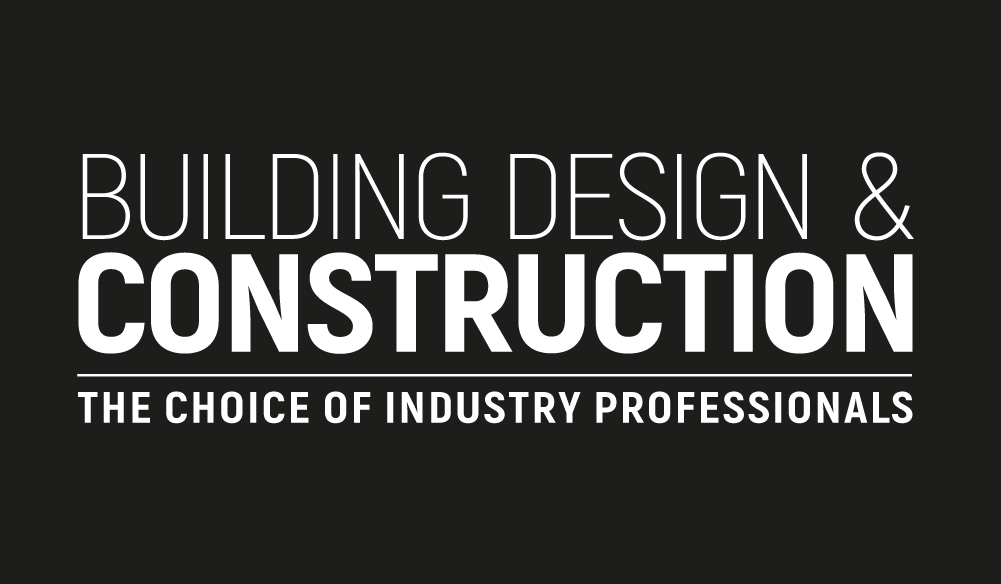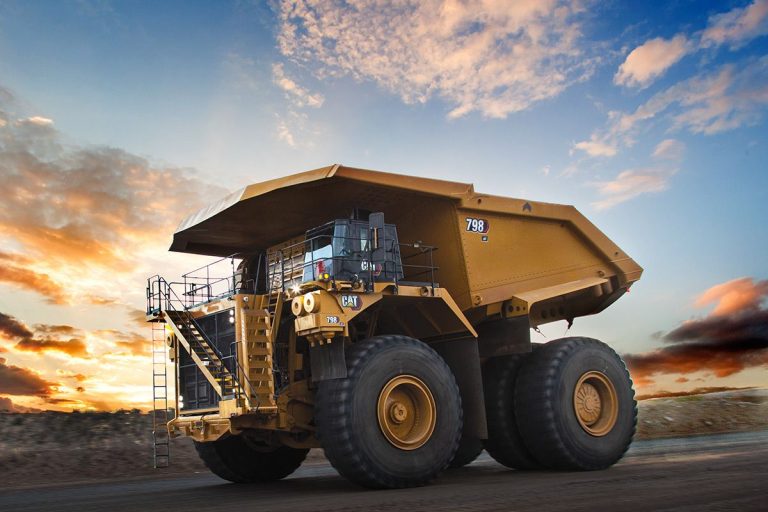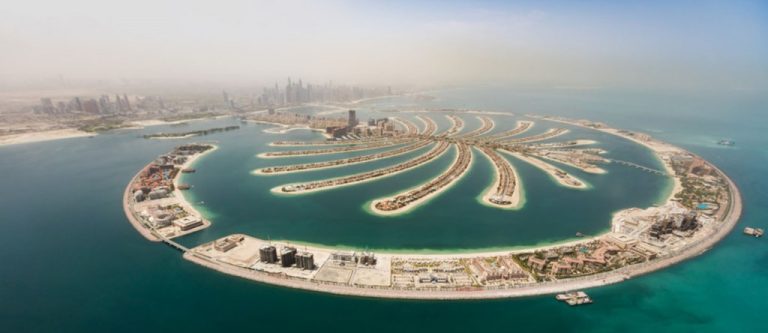One of the company founders, Benjamin Holt, is credited with designing the first commercially successful track-type tractor, which is the predecessor to the current dozer. Not only did this innovation become one of the signature products, but it also inspired the establishment of the company’s current name: Caterpillar. Holt was a continual source of invention, constantly seeking to enhance his company’s goods, which at the time included combine harvesters and wheeled steam tractors. Holt’s core customer base comprised of agriculture in the San Joaquin River Valley, California. The region’s terrain made crop preparation difficult, as large steam tractors would become bogged down in the moist peat soil. Following this experiment, Holt had his mechanics take a Holt steam tractor and replace the back wheels with a set of rails he had developed. This tracked vehicle, numbered No.77, was tested for the first time on Thanksgiving Day in 1904. The Definition of the Name In March of 1905, No.77 was tested on a new and improved set of tracks. During the course of this operation, Benjamin and his nephew Pliny accompanied business photographer Charlie Clements out to the field to shoot the machine in action. Clements was originally surprised when they arrived since the machine was moving without wheels. Clements noted the track undulating between the drive sprocket and the front idler wheel and remarked that the machine crawled like a gigantic worm “Caterpillar.” Clements described the significant event on which he coined the term that would become commonly used to refer to earth-excavating heavy machinery: As we approached the Holt Ranch, a steam tractor became visible. They’re not running, as Benjamin Holt described it. I pointed out that the massive side wheels were missing, and Pliny Holt turned around, looked at me, and laughed silently. However, I continued to assert that they were broken. The tall wheat and barley fields masked the engine, so I believed it was on a barge on a canal when I peeked out the window and saw the outfit moving. As it circled back around between us and the barley field, I remained speechless for a time. I sprang to my feet and exclaimed, “If it don’t look like a monster caterpillar.” Benjamin’s cheeks reddened in response, and he asked, “What gives you that impression?” In fact, even a little child would not make a mistake. Observe the undulating motion as it slowly advances. Potential Alternative Titles Before choosing on Caterpillar, the company considered a variety of alternatives. It appears that Benjamin Holt disliked the moniker “Caterpillar.” In their early days, these vehicles were known by a variety of names, including “mud turtles.” Benjamin was eventually persuaded by Pliny and other members of the Holt family that “Caterpillar” was the best option. In 1909, the first Caterpillar-branded Holt tractor was manufactured. In 1910, with the assistance of the United States Patent Office, Holt trademarked the name “Caterpillar.” In 1925, following the merging of Holt and Best, the new tractor firm received the now-familiar name Caterpillar. Formerly known as the Caterpillar Tractor Company, Caterpillar Inc. now bears that name. Those who broke new ground and shook the world with the twentieth century’s most impressive engineering feat. There is little doubt that Caterpillar is a well-known brand in the United Kingdom. Caterpillar’s UK operation is the company’s largest outside of the United States, serving both domestic and international customers. Surprisingly, this has been going on for nearly a century. This article will look at Caterpillar’s expansion into the British market and highlight some of the company’s most notable accomplishments there to date. Holt’s Incredible Journey and the 1911 Sale The Holt Manufacturing Company was originally in charge of developing and marketing the “Caterpillar” tractor. Furthermore, this company was one of the first to merge to form the current Caterpillar Inc. On March 1, 1911, the first Holt Caterpillar tractor was sold to an English customer. Back then, the Stockton-built bike with 45/60 horsepower cost only $4,000. Ben C. Holt set sail for Europe in 1912 to expand the Caterpillar company there. He visited Romania, Spain, Russia, Austria-Hungary, and England while travelling throughout Europe. Holt was excited about increasing Caterpillar’s market share in Europe. Keeping these and other factors in mind, he advocated for the establishment of an export office in New York City, specifically in the Hudson Terminal building. Caterpillar Tractors, Ltd. was the first dealer in the United Kingdom, with a storefront on London’s Queen Street. The Caterpillar brand underwent a dramatic transformation in 1925. Caterpillar Tractor was the company’s original name. Caterpillar Tractors, Ltd. took over as the company’s official dealer as soon as it was formed, replacing the Holt dealer. Caterpillar established the Caterpillar Tractor Co. Ltd. as the company’s first subsidiary outside of the United States in 1950. Caterpillar’s first factory outside of the United States, built in 1951, was located in Coalville, Leicestershire. When problems arose in the field, on the farm, or on the battlefield, Caterpillar was there to provide critical solutions. Prior to the outbreak of World War I, Holt shipped over 1,200 Caterpillar-made tractors to Russia, France, and the United Kingdom. This equipment, along with Caterpillar components, was designed for use in earthmoving and farming. As the war progressed and more tractors were produced, the governments of these countries decided to send all 5,000 tractors to the front lines to transport heavy artillery and supplies. Perhaps you’ll be interested to learn that the British Army based their tank design on the Holt Caterpillar tractor. Colonel E. D. Swinton got the idea for the tank’s track-laying mobility mechanism after closely inspecting Holt’s Caterpillar tractors. Caterpillar Contributed Significantly to Disaster Recovery Efforts Natural disasters have been around for a long time and are thus nothing new. After such an accident, it is common practise to make significant efforts to restore and repair the damage. As a result, reconstruction efforts in flood-affected areas of England began using Cat® equipment in 1953. The flood caused significant damage to large sections of the














